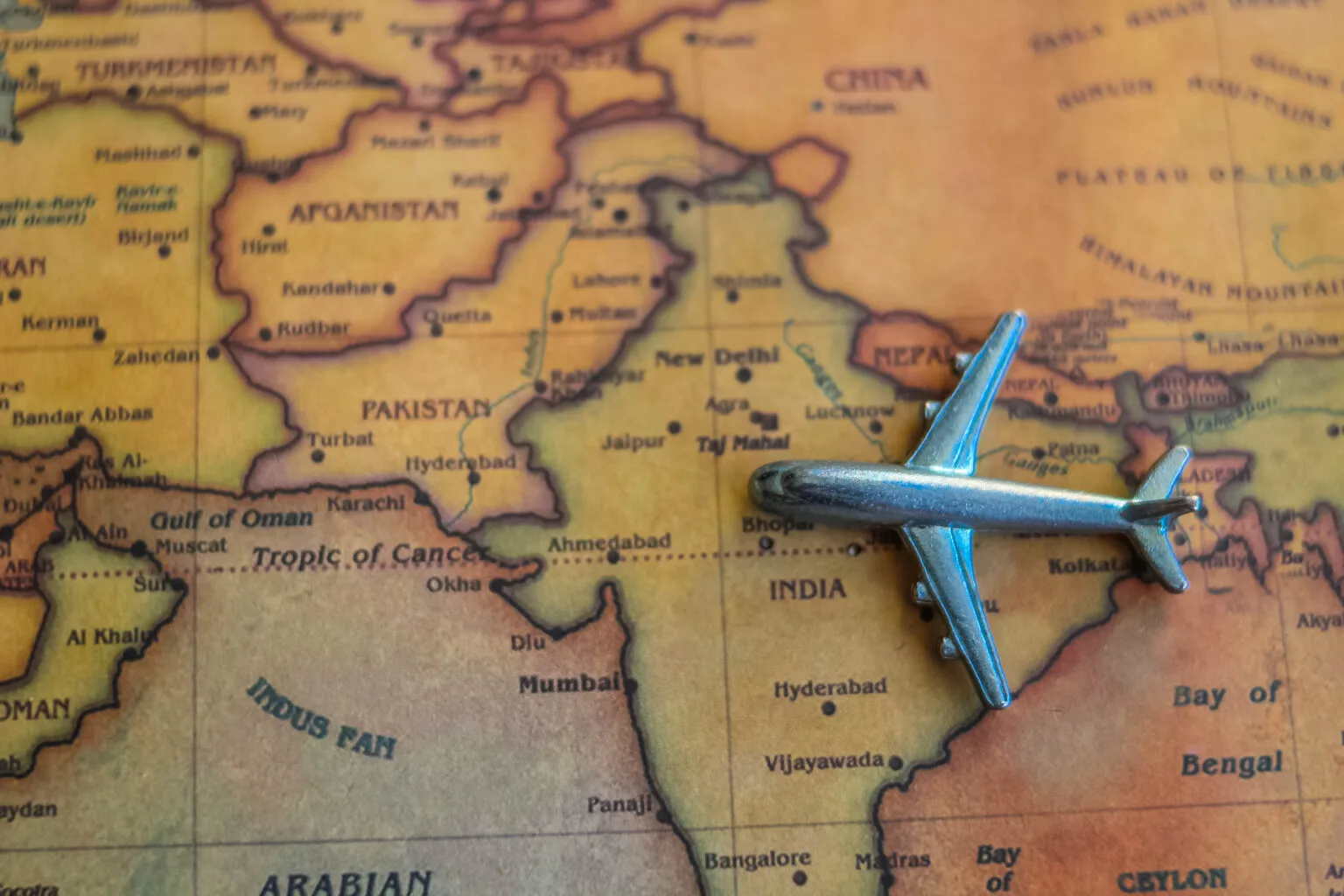Understanding India’s Logistics Landscape
Logistics costs in India present a significant challenge, currently hovering around 13 percent of GDP. This figure starkly contrasts the OECD average of 8 percent, highlighting a pressing need to streamline operations. Reducing these costs is crucial for India to realize its ambition of becoming a $1 trillion export economy by 2030.
The Call for Infrastructure Development
According to Dr. Jivisha Joshi Gangophadhyay, deputy secretary at the Department for Promotion of Industry and Internal Trade (DPIIT), there is a vital necessity for infrastructure development to be supported by strong institutional frameworks. “The National Logistics Policy acts as a foundational framework,” she explains, “but the real gains in efficiency will emerge from seamless interactions—where rail collaborates with road, ports connect with airports, and various systems interlink effectively.” Such integration could drastically improve logistics timelines, which is crucial for both domestic and international trade.
Major Initiatives in Progress
En Gati Shakti Master Plan, which encompasses over 1,500 infrastructure projects, is pivotal in this transformation. This initiative emphasizes the co-location of logistics assets such as airports, Special Economic Zones (SEZs), and dry ports, creating a more interconnected network. Additionally, it leverages digital platforms like the Plataforma Unificada de Interfaz Logística (ULIP), which connects more than 160 systems from the public and private sectors to enable real-time data sharing.
Bridging the Infrastructure Gap
Despite significant strides forward, integration remains uneven across regions. While major urban hubs like Delhi y Bombay manage over half of India’s airfreight volumes, smaller cities often struggle with inadequate multimodal connections. This disparity can be likened to a toll bridge where only a few are granted access, leaving many stranded on the other side.
Air-Rail Integration: A Stepping Stone
Currently, India’s rail network ranks as the fourth largest globally but handles only 27 percent of total freight volume. The Ministry of Railways envisions boosting this to 45 percent by 2030. However, the integration of air and rail logistics remains an untapped goldmine. Dr. Surendra K. Ahirwar, executive director at the Ministry of Railways, expressed that the country is yet to effectively implement rail-air intermodalism.
Highlighting the untapped potential, he noted that the Western and Eastern Dedicated Freight Corridors (DFCs) could significantly expedite high-value, time-sensitive cargo transfers—think e-commerce deliveries, perishables, and electronics—between air and rail systems.
Soluciones propuestas
- Establishing air-rail transfer nodes near major cargo airports.
- Implementing an open access model for rail and cargo infrastructure, which would allow multiple logistics service providers to utilize shared resources, reducing redundancy.
- Creating cargo-focused SEZs that are strategically located near airports, equipped with integrated customs handling and bonded warehousing.
Aligning with Global Trade Trends
Logistics corridors extend beyond mere physical pathways; they serve as strategic tools influenced by global markets. India’s participation in the India-Middle East-Europe Economic Corridor (IMEEC) and efforts to diversify supply chains away from traditional hubs like China are reshaping trade dynamics. Yet, there is a caution that airfreight remains an oft-overlooked element. The trade with the EU, currently valued at over €88 billion, is evolving heavily towards sectors that rely on air cargo, such as electronics and pharmaceuticals.
Recognizing the Role of Airfreight
Experts point out the critical need to include air cargo considerations in future logistics corridor designs. There’s a strong call for specially tailored SEZs equipped with support systems for airfreight that incorporate customs clearance and smart logistics tailored to the air cargo sector.
Emphasizing Sustainability in Logistics
As climate policies gain traction, they have become integral to global trade strategies. Logistics performance will increasingly hinge on environmental impact, where freight operators with lower emissions could gain preferential corridor access. Dr. Joshi elaborates, “Freight operators might find themselves evaluated not just on cost and speed but also on their carbon footprint.” Platforms like ULIP are already considering carbon tracking, with some terminals experimenting with solar-powered and electric vehicle operations.
Legal and Regulatory Frameworks
For physical and digital integration to thrive, a solid legal groundwork is essential. With the adoption of e-air waybills and blockchain technology for bills of lading, stakeholders emphasize the requirement for consistent legal enforceability across jurisdictions. Ongoing efforts include establishing mutual recognition frameworks based on Ley Modelo de la CNUDMI sobre Comercio Electrónico para mejorar el flujo de información y el cumplimiento normativo.
Conclusiones: El camino por recorrer
En resumen, si bien el sector logístico de la India enfrenta desafíos considerables con altos costos y brechas de infraestructura, las iniciativas en curso tienen como objetivo crear un marco logístico robusto e interconectado capaz de impulsar a la nación hacia sus ambiciosos objetivos económicos. A medida que evoluciona el panorama logístico, GetTransport.com puede desempeñar un papel esencial al ofrecer soluciones asequibles de transporte de carga global. Ya sea una transferencia de oficina, una mudanza de casa o el envío de mercancías voluminosas, GetTransport.com simplifica la logística con sus versátiles ofertas. Agiliza todo el proceso, proporcionando opciones de transporte rentables y fiables para satisfacer diversas necesidades. Es vital que las partes interesadas de todos los niveles aprovechen las oportunidades que presenta la innovación logística.
Las ventajas de una integración logística perfecta, un transporte eficiente y unas prácticas sostenibles no pueden ser exageradas. En conjunto, estos elementos fomentan no solo el crecimiento económico sino también la responsabilidad ambiental. Cada paso dado para mejorar el sector de la logística contribuye a un objetivo mayor: un futuro sostenible, eficiente y económicamente viable. Para un socio confiable en soluciones logísticas, considere GetTransport.com.
Para su próximo transporte de carga, considere la conveniencia y fiabilidad de GetTransport.com. Le permite tomar decisiones informadas sin gastos adicionales ni molestias. Desbloquee las ventajas de la transparencia y la comodidad con GetTransport.com. Reserve ahora.

 Transformando el panorama logístico de la India: costes, infraestructura y oportunidades">
Transformando el panorama logístico de la India: costes, infraestructura y oportunidades">